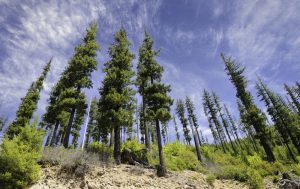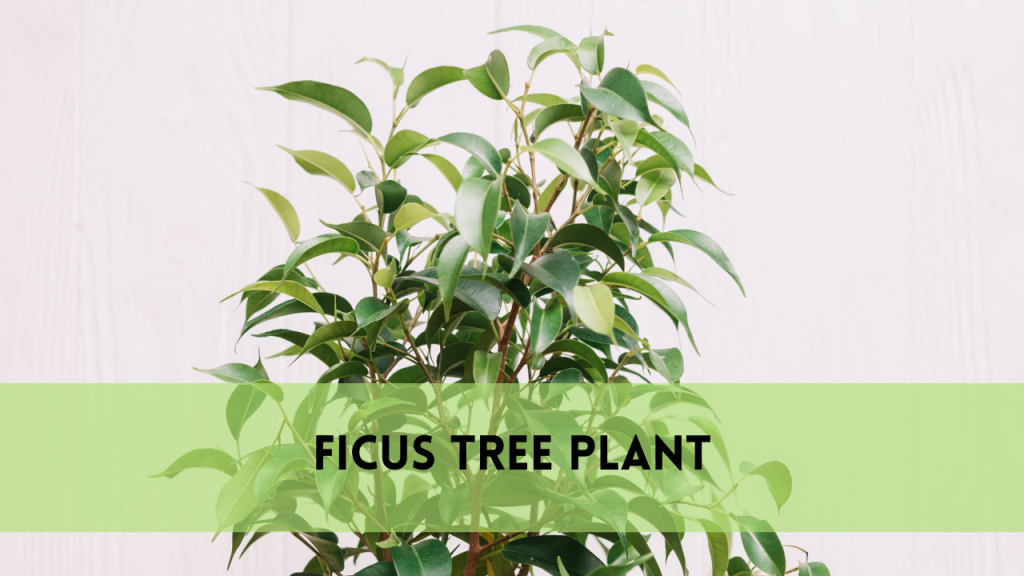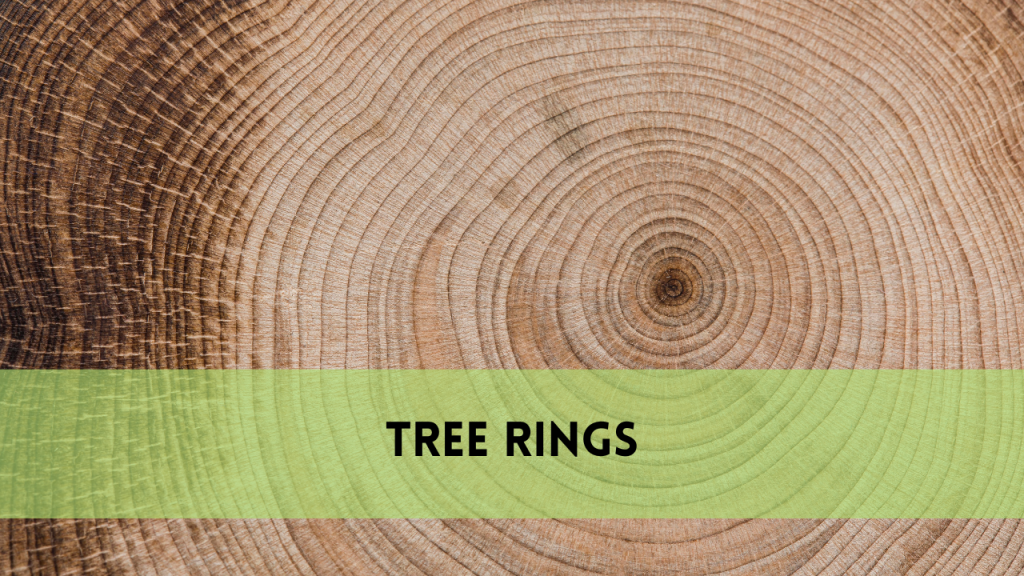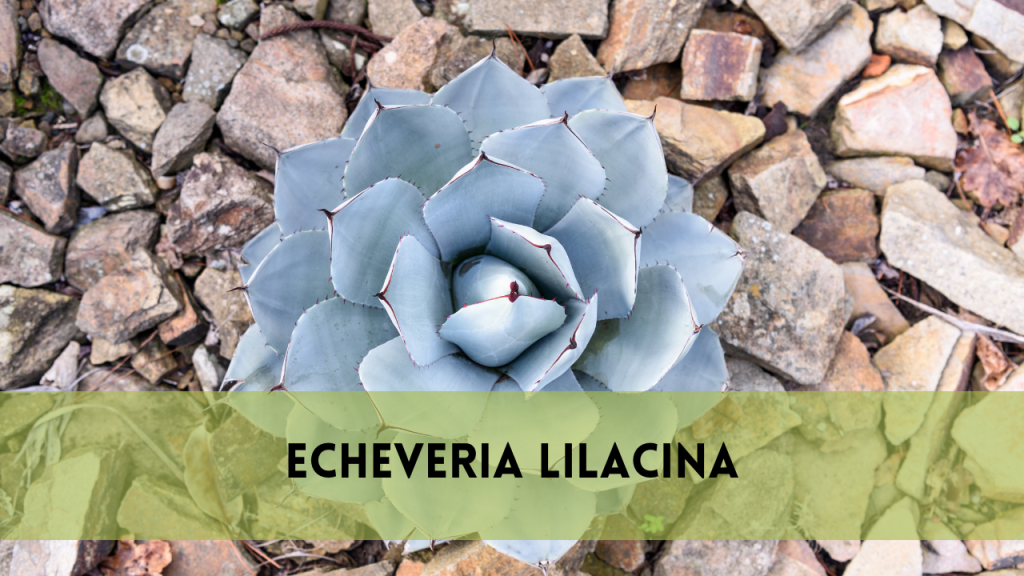Colorado trees
Exploring Colorado’s wide and diverse landscapes reveals a fascinating world of arboreal marvels. Colorado’s trees, ranging from towering Ponderosa Pines to tiny quaking Aspens, are famous icons of the state’s natural beauty and biological richness. Each species has its own story, shaped by the harsh terrain, intense weather conditions, and the passage of time. Arborists, as protectors of these arboreal riches, play an important role in maintaining their beauty and vitality. Through precise care and experience, they ensure that Colorado’s trees attain their maximum height, health, and resilience. Join us on a voyage through the magical realm of Colorado’s arboreal wonders, where every tree whispers tales of perseverance, adaptation, and enduring beauty against the backdrop of the beautiful Rocky Mountains.
Understanding Colorado’s Unique Arboreal Ecosystem
Colorado’s unique arboreal environment reflects the state’s diversified terrain and climate. From the steep peaks of the Rocky Mountains to the huge plains and plateaus, Colorado provides habitat for a diverse range of tree species. Among the most notable are the renowned Aspen trees, famed for their gleaming golden leaves in the fall, and the hardy Ponderosa Pines, which flourish in the state’s drier parts. Each species has adapted to its own environment, displaying an impressive range of qualities and attributes. Altitude, temperature, soil composition, and precipitation patterns all influence the distribution and number of trees across the state. Understanding this complex ecology is critical for arborists charged with protecting the health and vitality of Colorado’s trees, ensuring that they thrive despite the challenges of their natural environment.
Some Colorado Tree Species
Colorado has a broad range of tree species, each having their own distinct qualities and adaptations to the state’s changing temperature and topography. Here are some significant tree species discovered in Colorado:
Aspen (Populus tremuloides): Known for their dramatic white bark and sparkling golden leaves in the fall, aspen trees are iconic icons of Colorado woodlands. They grow large groves with a single root system and thrive in damp, well-drained soils.
Ponderosa Pine (Pinus ponderosa): With its striking orange-red bark and towering height, the Ponderosa Pine is one of Colorado’s tallest tree species. It is well-suited to the state’s dry, high-altitude climate and provides critical habitat for wildlife.
Douglas Fir (pseudotsuga menziesii): Another notable tree species in Colorado is the Douglas Fir, which is distinguished by its pyramid-shaped crown and delicate, blue-green needles. It grows in a wide range of soil types and elevations, from lowland lowlands to high mountain slopes.
Blue Spruce (Picea pungens): With its stunning blue-green needles and conical shape, the Blue Spruce is a common sight in Colorado’s landscapes. It is valued for its ornamental value as well as its resistance to freezing temperatures and hard winds.
Lodgepole Pine (Pinus contorta): Slender, straight stems and clusters of short, cylindrical cones distinguish the Lodgepole Pine, which can be found in abundance throughout Colorado’s woods. It is crucial to forest ecosystems, providing habitat for species and aiding in soil stabilization.
These are only a few examples of Colorado’s numerous tree species, each of which contributes to the state’s natural beauty and biological richness.
The Role of Arborists in Preserving Tree Heights
Arborists play an important role in protecting the heights and health of trees throughout Colorado’s unique geography. Arborists, who specialize in tree care and management, use a variety of approaches to maintain optimal growth and health. Regular trimming removes dead or diseased branches, allowing trees to better allocate resources to upward growth. Furthermore, arborists evaluate the overall health of trees, recognizing potential problems such as pest infestations or illnesses that may impede growth. Arborists assist trees in surviving Colorado’s climate problems, such as severe temperatures, drought, and harsh weather conditions, by applying preemptive strategies and personalized care plans. Their commitment to maintaining the breathtaking heights of Colorado’s trees ensures that these arboreal beauties will thrive for future generations.
Challenges in Maintaining Tree Heights in Colorado
Colorado’s unique environmental circumstances make it difficult to maintain appropriate tree heights. Extreme weather conditions, such as severe droughts, intense sunlight, and abrupt temperature changes, can stress trees and impede their growth. Furthermore, Colorado’s diverse geography, ranging from high-altitude mountain slopes to desert plains, creates additional obstacles for tree health and stability.
Pests and diseases common to the region, such as the devastating mountain pine beetle and several fungal pathogens, also endanger the health of Colorado’s trees. These pests can impair tree defenses, resulting in slower growth rates and more vulnerability to subsequent damage. Furthermore, human activities like urbanization and land development can alter natural ecosystems and fragment habitats, threatening tree populations and their ability to grow. Addressing these difficulties necessitates proactive steps by arborists and conservationists, such as tree monitoring, pest management tactics, and habitat preservation activities, to guarantee Colorado’s trees remain healthy and vigorous.
Techniques for Enhancing Tree Height and Health
Improving tree height and health in Colorado necessitates the use of a variety of approaches customized to each tree species’ and environment’s unique needs. One effective strategy is strategic pruning, which involves removing dead or diseased branches to promote upward development and enhance overall tree structure. Strategic pruning enables trees to devote energy more efficiently toward height growth by decreasing resource competition and optimizing branch distribution.
Related Posts
Furthermore, adequate soil management and fertilization are essential for improving tree health. Soil amendments and fertilizers supply critical minerals like nitrogen, phosphorus, and potassium, which promote healthy growth and development. Arborists evaluate soil conditions and nutrient levels to determine the best fertilizer program for each tree. Furthermore, installing irrigation systems in drought-prone areas ensures that trees receive appropriate water, particularly during dry spells when natural precipitation may be insufficient. Supplemental watering helps keep soil moisture levels stable and promotes healthy root growth, which contributes to overall tree vigour and height development. By combining these methods, arborists can effectively improve the height and health of Colorado’s trees, ensuring their longevity and resilience in the face of environmental difficulties.
The Majesty of Colorado’s Tallest Trees
Colorado has some of the tallest trees in the United States, towering as majestic sentinels amidst the state’s stunning scenery. Among these towering giants are the iconic Ponderosa Pines and Douglas Firs, whose soaring heights elicit admiration and veneration. These towering trees, which rise high above the forest canopy, play critical roles in Colorado’s ecosystems, providing home for wildlife, helping to stabilize soil, and improving air quality.
The majestic beauty of Colorado’s tallest trees is not only a sight to behold, but also a tribute to nature’s perseverance and flexibility in the face of adversity. Despite the hard environment and rugged terrain, these arboreal behemoths thrive, their towering crowns reaching for the sky as a symbol of power and resilience. As stewards of Colorado’s arboreal legacy, we must respect and safeguard these magnificent trees so that they can continue to grace our landscapes for future years.
Nurturing Young Trees for Future Heights
Nurturing young trees is critical to creating a flourishing arboreal ecosystem in Colorado’s future. Arborists use specific procedures like structural trimming and precise planting methods to promote healthy root systems and upward growth. Arborists build the groundwork for strong development and resilience to environmental pressures by providing appropriate water, nutrients, and care to young trees. Investing in the health and vigour of young trees supports a robust canopy for future generations, which enriches Colorado’s landscapes and promotes biodiversity.
The Importance of Tree Preservation in Urban Areas
Tree protection is critical in Colorado’s urban areas to ensure a sustainable and habitable environment. Trees provide vital benefits, such as shade, improved air quality, and aesthetic appeal, all of which improve people’ quality of life. Arborists play an important role in urban tree preservation by developing techniques to offset the effects of urbanization on tree health. Arborists ensure that urban trees live despite the challenges of city life by trimming them, controlling pests, and doing preventative maintenance. By protecting trees in urban locations, we protect their ecological worth while also benefiting communities across Colorado.
FAQS
How do arborists rate the health of Colorado’s trees?
Arborists use a variety of approaches to check the health of Colorado trees, including visual inspections, soil tests, and aerial surveys.
What are some of Colorado’s most frequent tree diseases?
Dutch Elm disease, pine beetle infestation, and fire blight are all common tree diseases in Colorado.
What is the recommended frequency of pruning for Colorado trees?
The frequency of tree pruning is determined by the tree species, growth rate, and intended aesthetic. Arborists normally recommend annual or biennial trimming for most Colorado trees.
Can fertilizer improve tree height?
Yes, tree fertilization can promote healthy growth and boost tree height by supplementing the soil with needed nutrients.
What steps can homeowners take to keep trees healthy?
Homeowners can improve tree health by watering them during dry spells, mulching to preserve moisture, and scheduling regular examinations by expert arborists.
Conclusion
Finally, the towering magnificence of Colorado’s trees reflects the state’s natural beauty and biological richness. From the renowned Aspen groves to the hardy Ponderosa Pines, each tree species contributes to Colorado’s diversified scenery. These arboreal wonders continue to grow in the face of environmental obstacles, reaching skyward with strength and tenacity because of arborists’ committed care and expertise. As stewards of Colorado’s natural legacy, it is our duty to respect and safeguard these magnificent trees for future generations. By creating a better awareness of Colorado’s unique arboreal environment and implementing proactive conservation measures, we can ensure that these trees continue to beautify our landscapes while also providing essential wildlife habitat. Let us continue to appreciate the beauty of Colorado’s trees and work together to protect their heritage for everyone’s enjoyment and benefit. Together, we can protect the heights of Colorado’s arboreal treasures and emphasize their significance in our lives and the environment.





